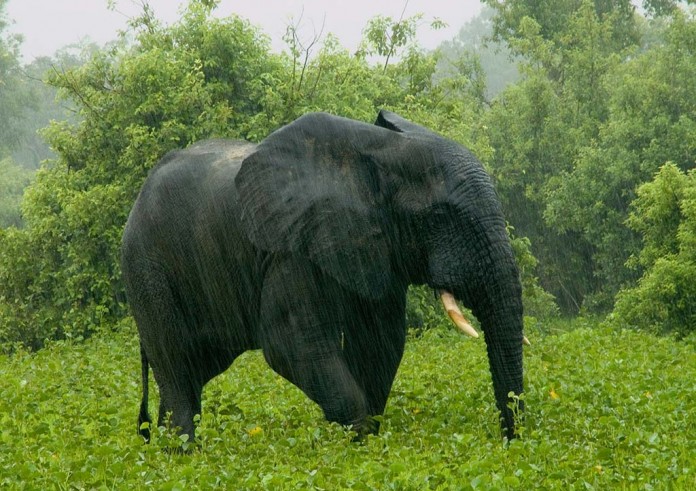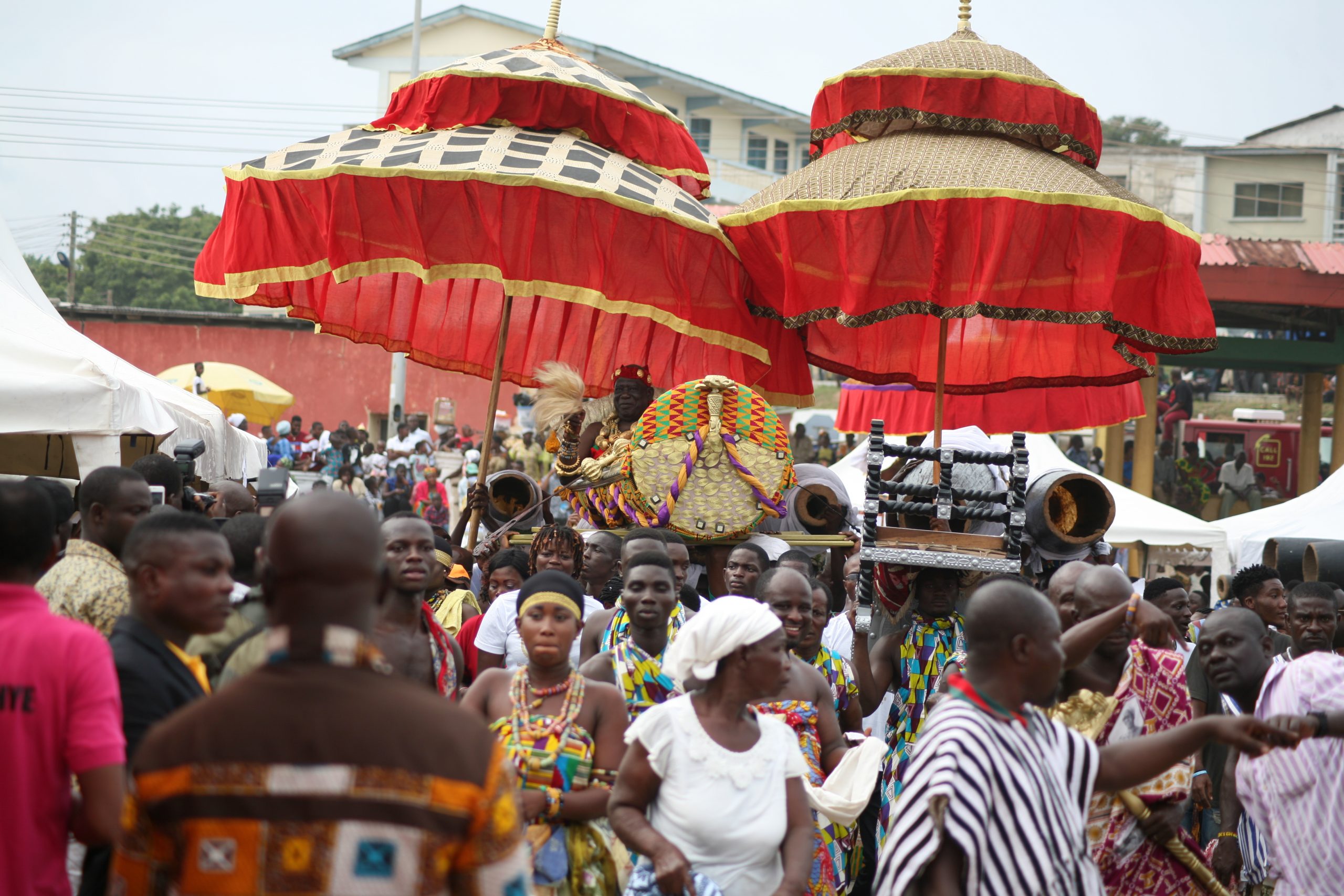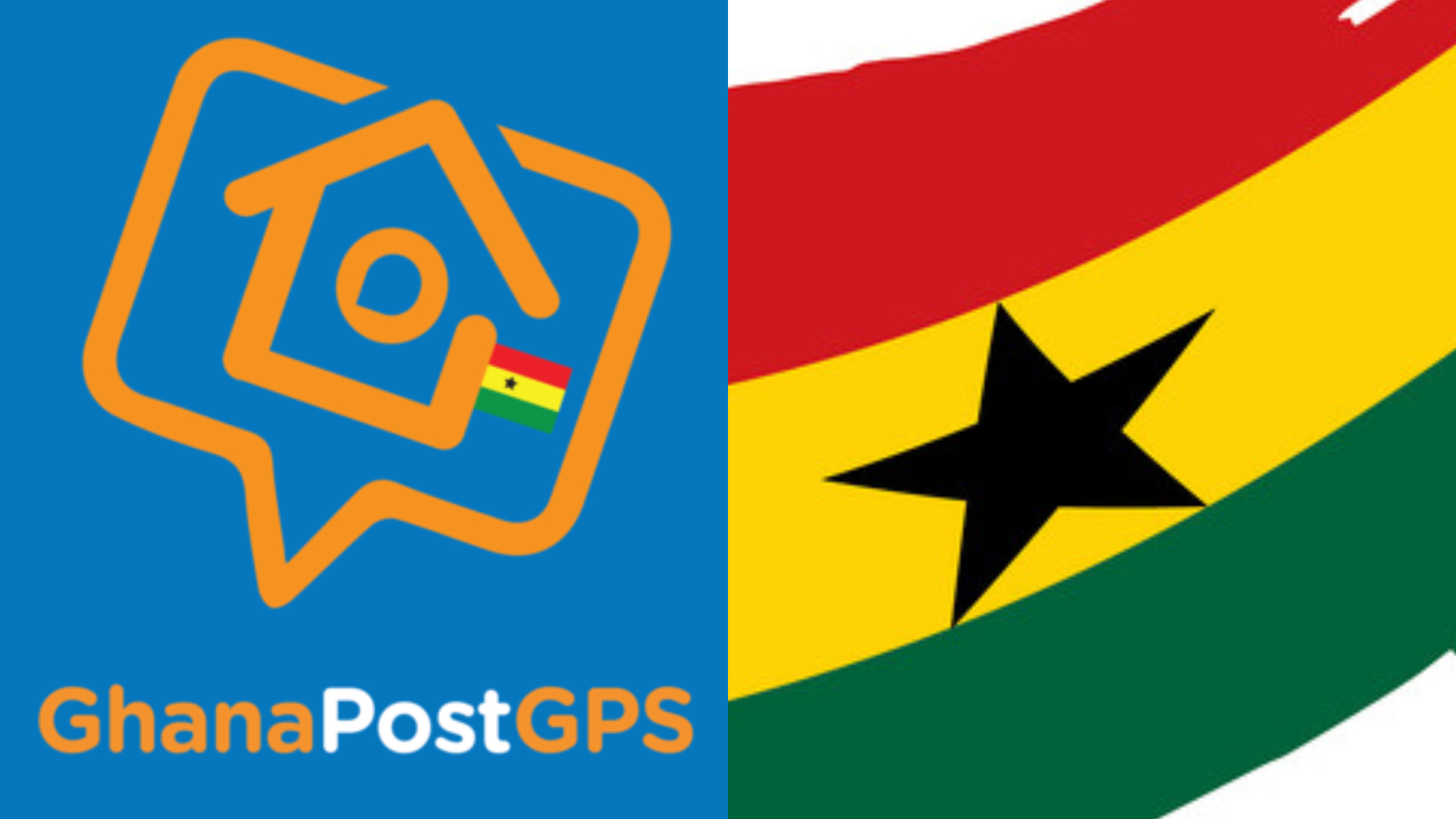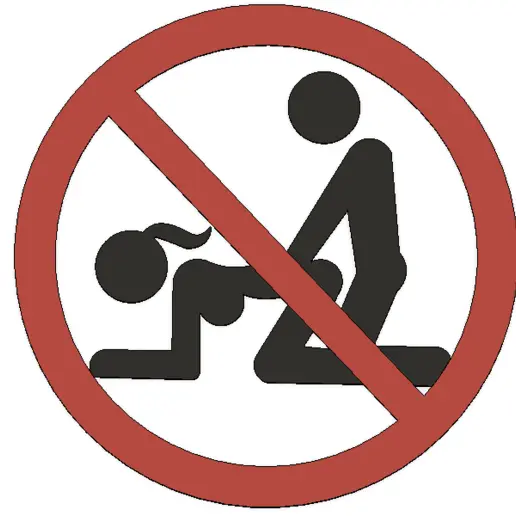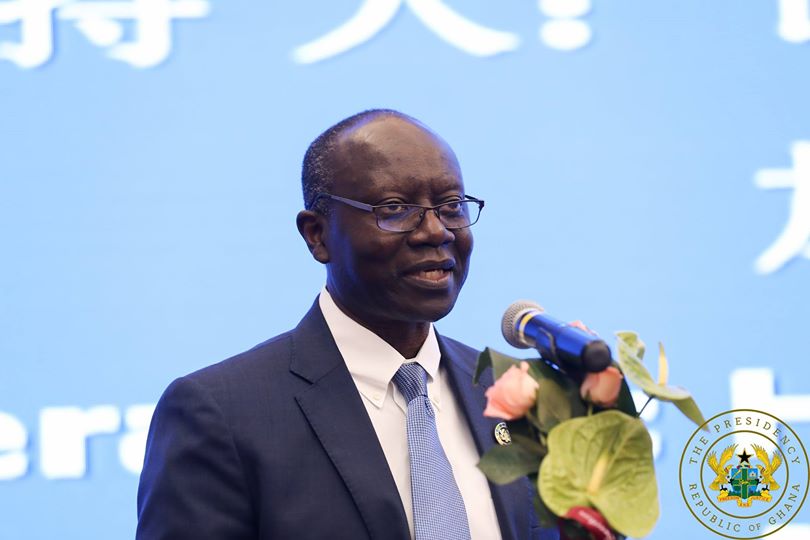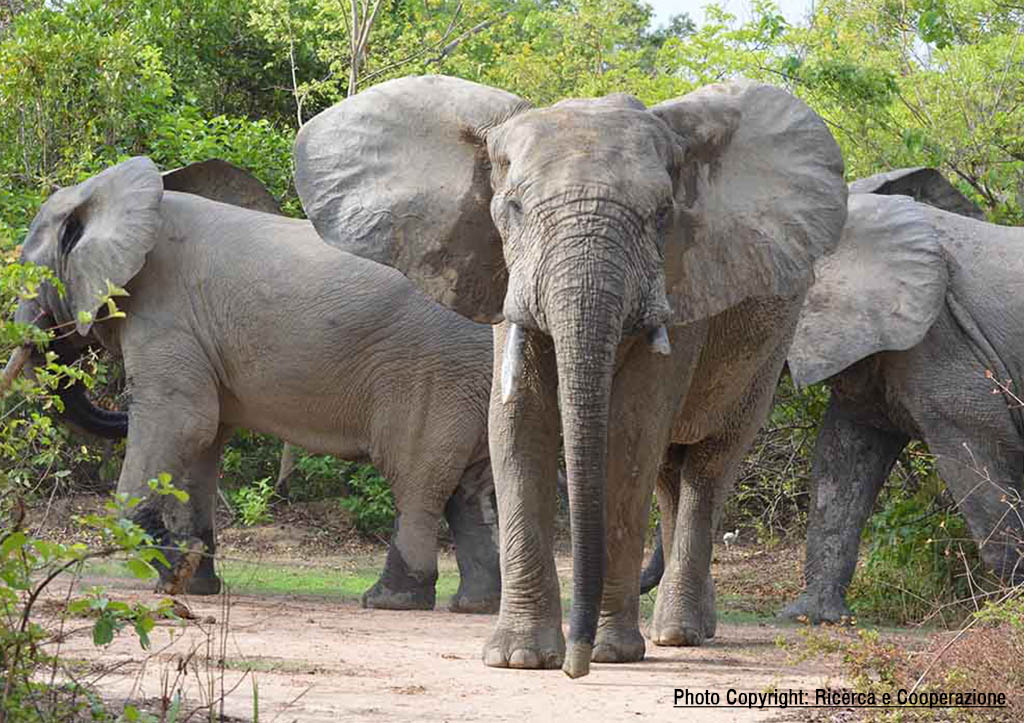
ALSO READ : Elephant Invasion Imminent -Wildlife
Wildlife Some 94 mammal species, over 300 bird species, 9 amphibian species and 33 reptile species have been recorded in Mole. The large and commonly seen mammals include elephant, kob, roan antelope, hartebeest, waterbuck, bushbuck, warthog, buffalo, several duikers, baboon, patas and green (vervet) monkeys. Predators include lion, leopard, spotted hyena, caracal, aardvark, genet, civet and mongoose. Occasionally, buffalo overrun the park headquarters and the lodge area.
Birds. The large bird life includes kites and Bateleur eagles, rollers, kingfishers, Egyptian geese, egrets, pelicans and storks. Ground hornbills, flycatchers, malachite kingfishers, guinea fowls and rock partridges occur in large numbers at Mole.
Climate
The average annual rainfall is about 1100 mm with more than 90% of the rain falling between April and October, and peaks in July and September. The dry season lasts from November to March and is characterised by cold dry winds.
The mean annual temperature of 28°C varies from 26°C in December to 31°C in March. It gets very hot in March and April, with temperatures sometimes nearing the 40°s. The cold, dry Harmattan wind which blows between December and February can cause mean temperatures to fall sharply.
Vegetation
The Park is located in a fairly undisturbed portion of the Guinea Savanna zone. The dominant vegetation is open savanna woodland with grasses that can reach 3 meters high during the rainy season. Bovals (open areas dominated by grass) are found on areas with shallow soils and iron pans. Narrow bands of riverine forest grow along most of the streams where birds like to stay in the daytime. Other plant communities, such as swamps and flood-plain grasslands, cover only small areas. 742 plant species occur in Mole of which four are endemic and 24 are rare or have very limited distribution.
Topography/Drainage
Aside of conserving biodiversity, Mole NP is an important water catchment area. Most of the streams and rivers either take their source from within or drain through the park and empty into the White Volta. Along one of such rivers (Polzen) occur the spectacular Polzen falls.
Fringe Communities and Nearby Attractions
There are 33 communities on the immediate fringes of Mole with a total population of about 40,000 people. One of these communities is Mognori, where visitors to Mole are conducted to have a feel of the African Village life of farming and animal husbandry. Visitors may go out on the Mole River in native canoes and stay with local families to participate in everyday activities like going to the farm with your host and helping with household chores. Another interesting community visited from the Mole National Park is Larabanga, reached on foot or by bicycle where visitors may stay at a traditional lodge run by the Salia Brothers. The Larabanga village is famous for its 500 year-old mosque, reported to be the oldest in West Africa with a very interesting history on its origins. One kilometre from Larabanga is the revered sacred stone of the community. It is worth hearing the story behind this stone.
Other attractions:
- Waterfall: The spectacular Konkori waterfalls is located about 100km north-east of the park headquarters. However, access to it is challenging and currently reserved for those out for adventure.
- Slave Caves: A number of caves located in the park are said to have served as hiding places for indigenes who fled the raid of the two notorious slave raiders; Samori and Babatu who used the current park headquarters location as their base during the of slave trade.
- Overnight accommodation: 90 bed motel with restaurant, bar and swimming pool
- Other Tourist Facilities (Viewing Hides and Platforms, Camping facilities, Car rental service)
- Experienced Tour Guides
- Conference facilities
- Mole Airstrip


